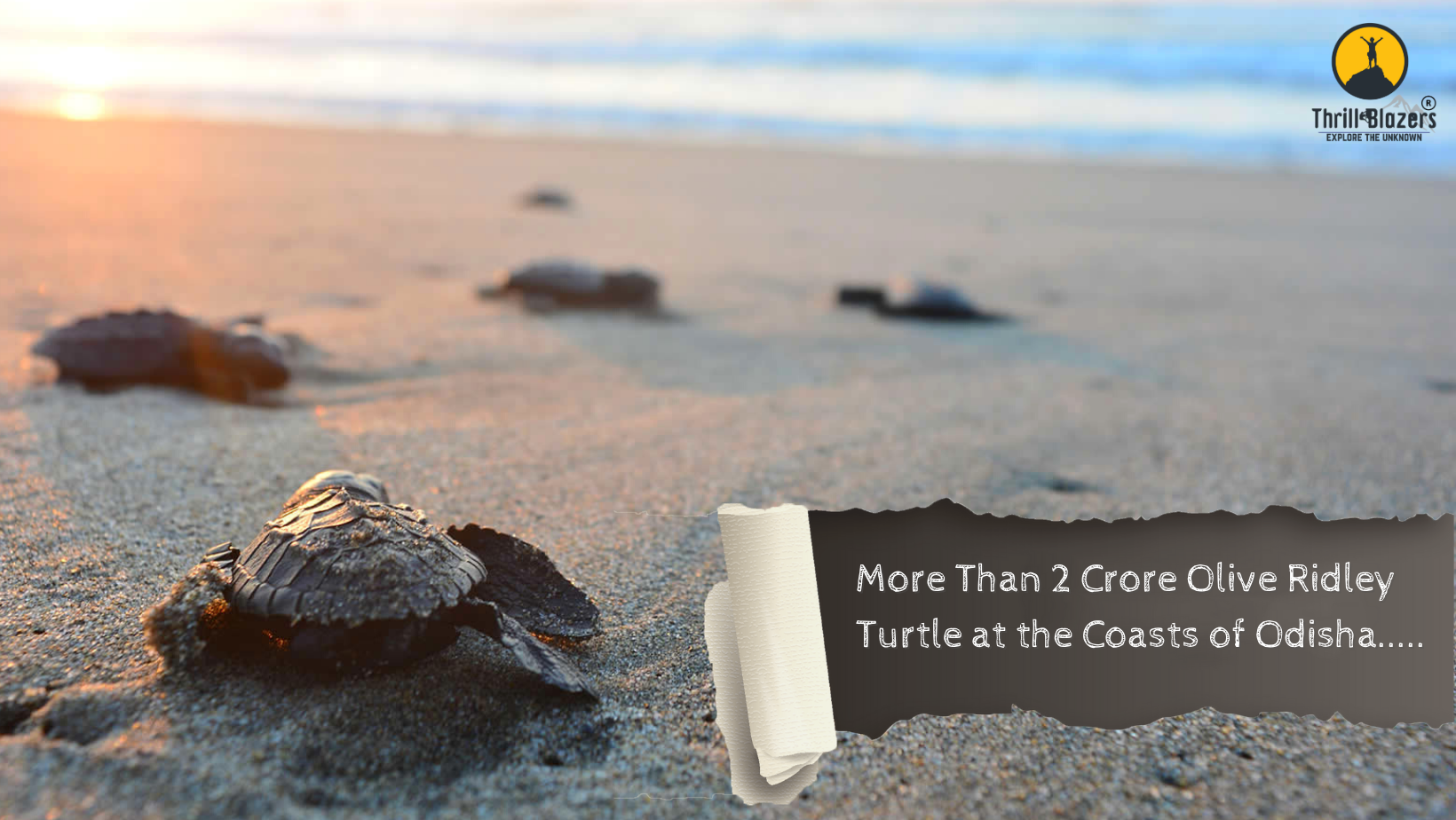With a restricted movement of people due to COVID-19 lockdown in March, more than millions of Olive Ridley turtles returned to roost in Odisha’s Gahirmatha beach and Rushikulya for mass nesting. Gahirmatha beach in Kendrapara district is the world’s largest known nesting ground for these endangered marine species. Apart from Gahirmatha, these aquatic animals nest extensively at the mouth of the Rushikulya River and the mouth of the Devi River.


According to a report by The Hindu, this year around 3,23,063 olive ridley turtles nest in the Rushikulya Kishti. The large-scale nesting process began on 21 March and continued until the night of 28 March. Olive Ridley turtle eggs heat themselves up in the sand of the beach.


Olive Ridley Turtles are scientifically known as ‘Lepidochelys olivacea’. They are species of reptiles and are carnivores in nature. Their average lifespan is 50 years and their size is between 2 and 2.5 feet.
“Fishing prohibition is presently clamped in the Gahirmatha zone to ensure disturbance-free mating of the marine animals”. Also added “Depending on the sand and atmospheric temperature during the incubation period, they hatch in 45 to 60 days. Mass hatching was also expected to follow the same route as the number of large-scale nesting gradually reached a peak and then decreased”, said Divisional Forest Officer, Rajnagar Mangrove, Bikash Chandra Dash.
The forest department had erected a metal mesh fence of more than 5 km from Gokharkuda to Bateshwar to shield the eggs from predators and humans and the area was divided into 50 sections for daily monitoring.



Comment (0)